This article is also available in: 日本語
Hi,
It is Jeff.
One of the most influential and inspiring authors and professors visited Tokyo and I was very lucky to get a ticket to her seminar. The person is Tina Seelig, international bestselling author of What I Wish I knew When I was 20 and InGenius.
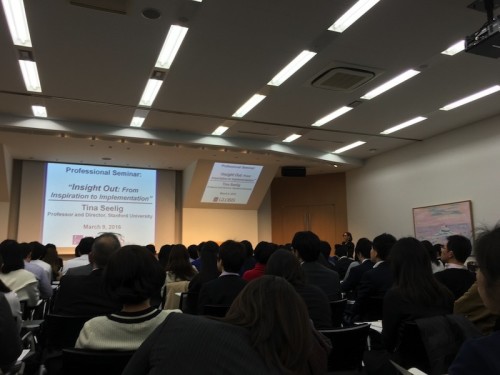
The session was about creativity. Tina started it with an interesting question, which is “what is creativity?” There were many different ideas and answers pitched in by other participants.
“Is there a true answer or theory that can sum up how to be creative?” I wondered.
Suddenly a line from the movie, The Theory of Everything, sneaked into my mind. It goes like “A single unifying equation that explains everything in the universe.” by Stephen Hawking, who is eager to find such a equation. Is there is single unifying equation that explains creativity?
While I was wondering that, Tina said “Unlike physics, there are no shared vocabularies of creativity.” The answers to this question is infinite. However, over her long years of research on creativity, she is able to create a framework that helps people to be more creative. She calls the framework “the Invention Cycle.” The Invention Cycle contains 4 major elements and each elements has 2 sub-components. All of these elements interacts with each other and creates inventions and influence.
More about the Invention Cycle, please check out her latest book, Inside Out.
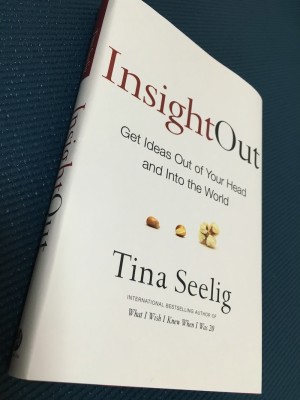
I have always wondered how I can be more creative. Tina Seelig describes a creative person is like a quilt maker instead of a puzzle builder, who requires all the puzzle pieces to build a puzzle. Missing one piece will make puzzle builder fail to complete the mission. A quilt maker, on the other hand, can make an incredible artwork with the puzzle pieces he or she has regardless what types of puzzle pieces are there or if there are any missing puzzles.
The current education system has trained me so well that I can solved known problems so quickly and efficiently. For example, I know the answer to what is 1+1. It will not take even a second for me to find that answer in my brain. It is so hard wired inside my brain and I instantly can pull that out. However, I feel so helpless when missing a puzzle in a equation or facing a new type of problem. In real life, almost all real problems are missing puzzles. I feel I am so limited in this situation and I want to improve that.
I think I am comfortable in the routine I have everyday so it is difficult for me to make a change and to be creative. On the other hand, Mizuki never settles. She always finds things need to be improved and she never gets satisfied. She is constantly welcoming new challenges. She has successfully switched careers 3 times in 5 years. Each change gave her more responsibilities, challenges and resources. I was very surprised last year when she decided to leave a very nice job at a public company in Japan to do a research on quality and equality of employment for persons with disabilities in the U.S. What is more surprising is that the research does not pay. I think Mizuki does not approach most of the problems in the way I do. She does not let herself to be limited by the environment and resources she has. She builds incredible new paths based on the limited resource she has. I have been wondering what is the key to be bold and creative as Mizuki is.
When the Q&A session started, I raised my hand high quickly and hoped I can grab this very valuable opportunity to ask Tina a question in person. Very luckily I got to ask the question that bothers me for so long – how can I free myself from my comfort zone and become more creative?
Tina’s answer simple very simple.
“Give yourself small challenges everyday.” Tina said.
“Starting from breakfast. Make a different breakfast tomorrow. You start from something small and you will get used to taking challenges. Good luck on that one” She then added.
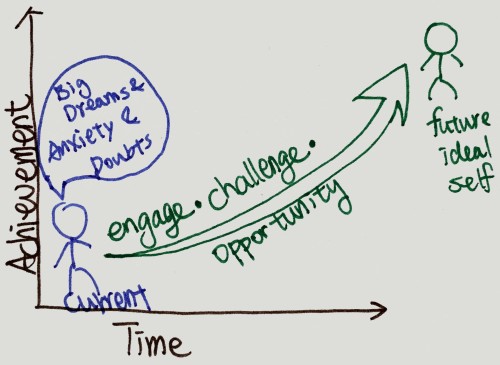
This answer is simple but it does answer to the question that has been in my mind for so long.
To practice her advice, I did a small challenge on the way home. I deleted an SNS app on my iPhone because that app is very fun to use. I actually spent too much time on it even when I need to focus on something else. I am feeling kinda weird now to have my phone without the app, which I used to check several times every hour. I really want to see how my behavior and mindset will change in the coming weeks.
I have learned so much from the session today. What leaves the most impressive mark on my mind is when Tina explained how creative people is different from not creative people.
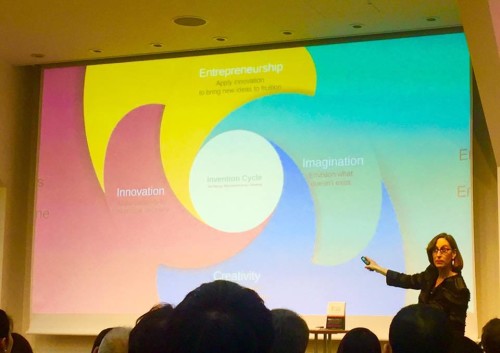
“Most people fall in love with solutions.
Creative people fall in love with the problem.”
“Falling in love with the problem makes creative people keep going when they bump into walls.” Tina added.
I would love to share this quote with all of you. I hope it shows you an insight of creativity and hope it changes your thinking about creativity and about yourself.
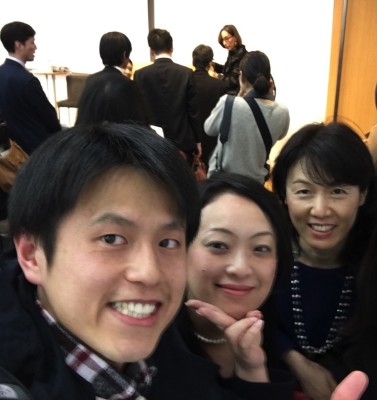
How do you like this article?
Please leave a comment below to let us know how this article or Tina Seelig’s work is useful to you.
